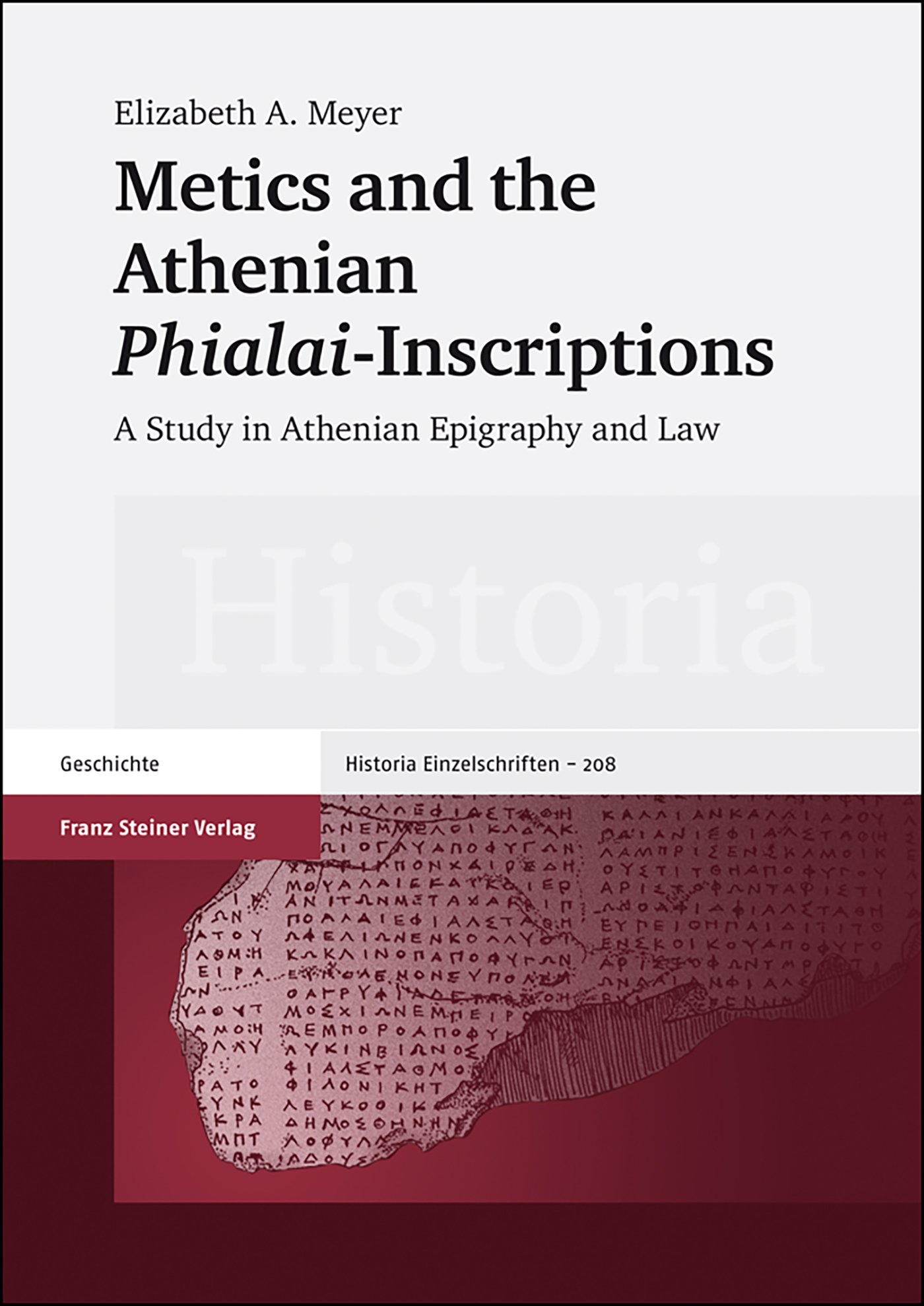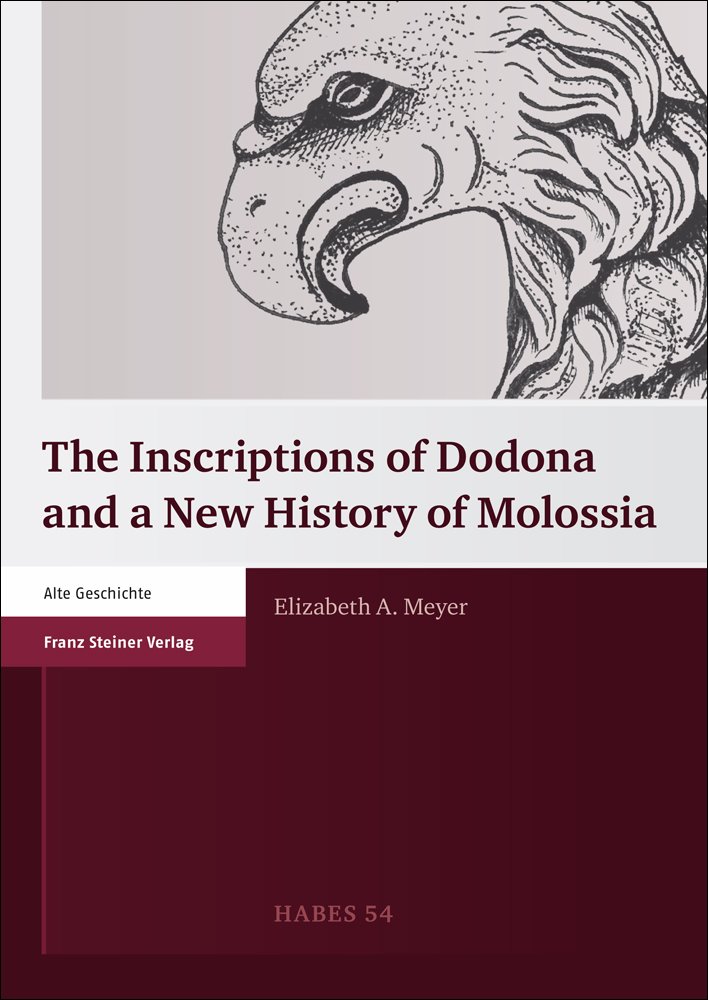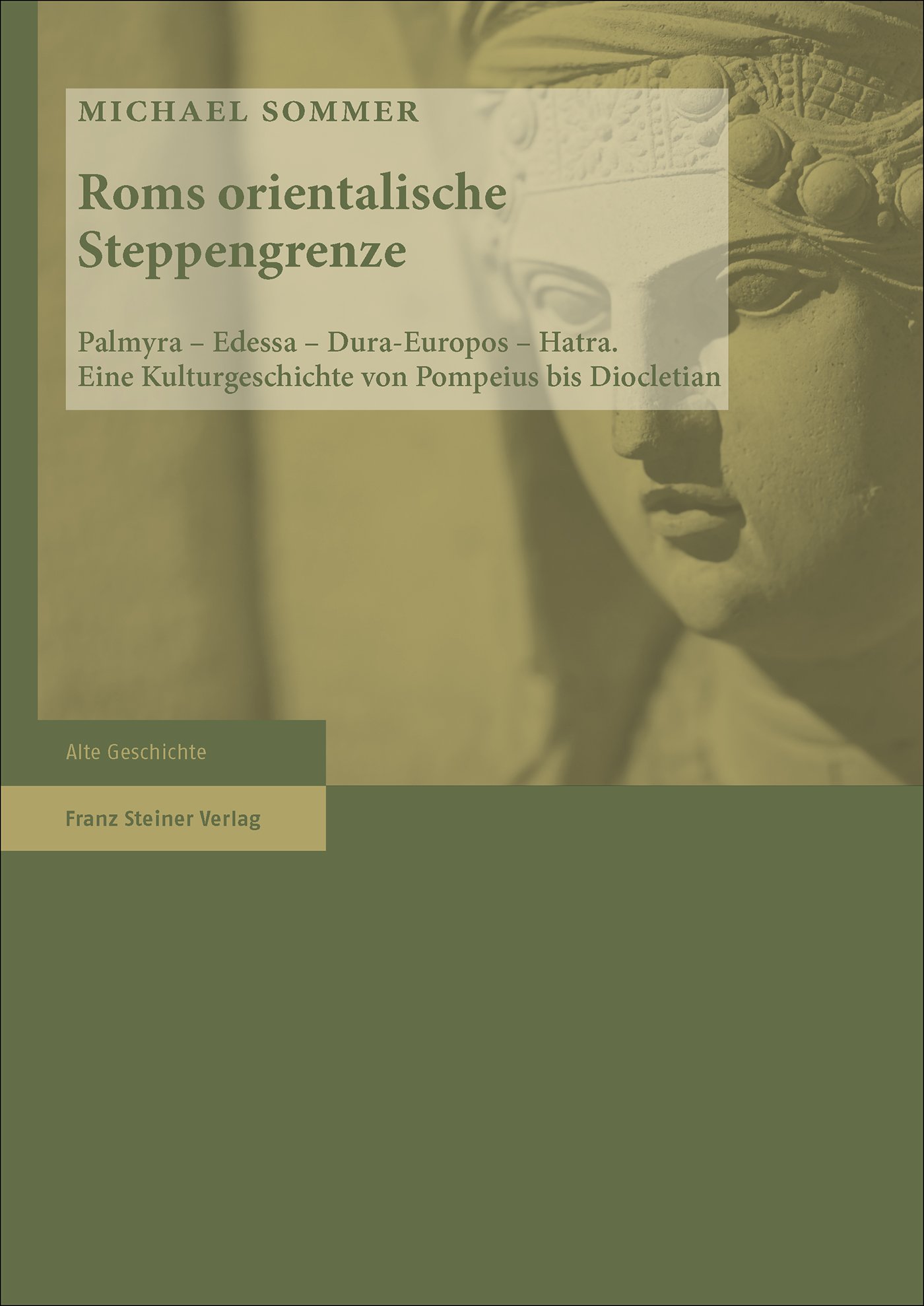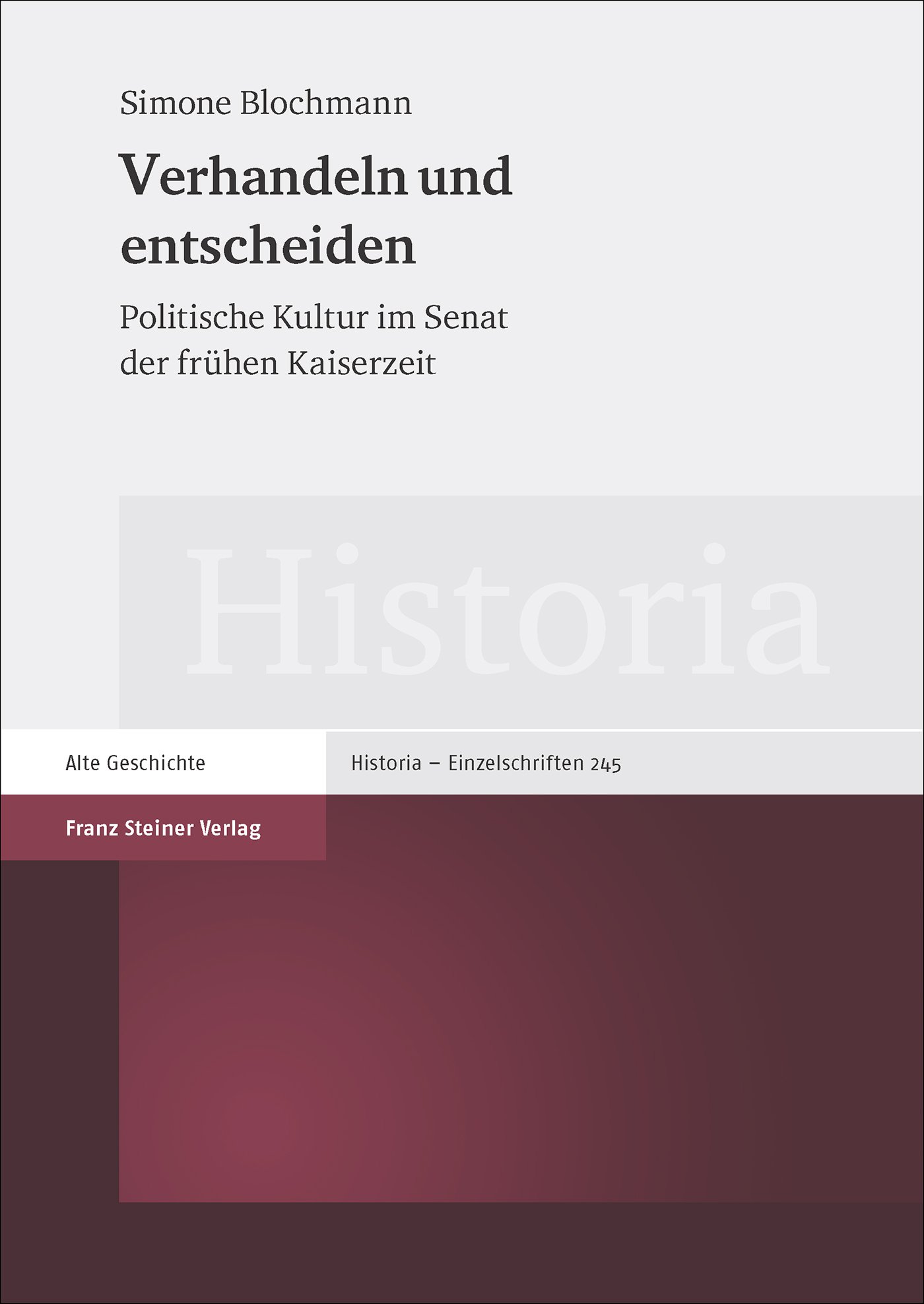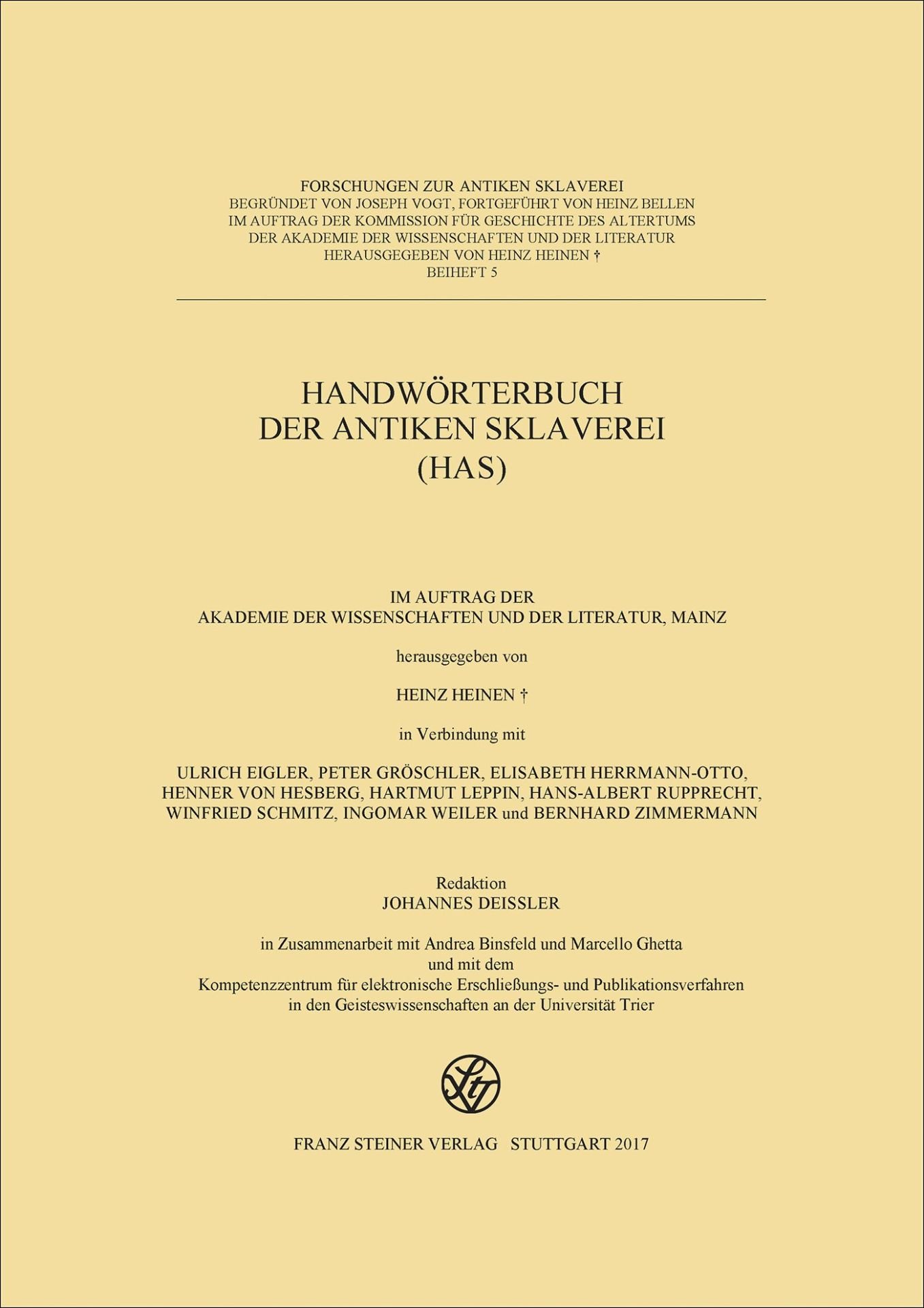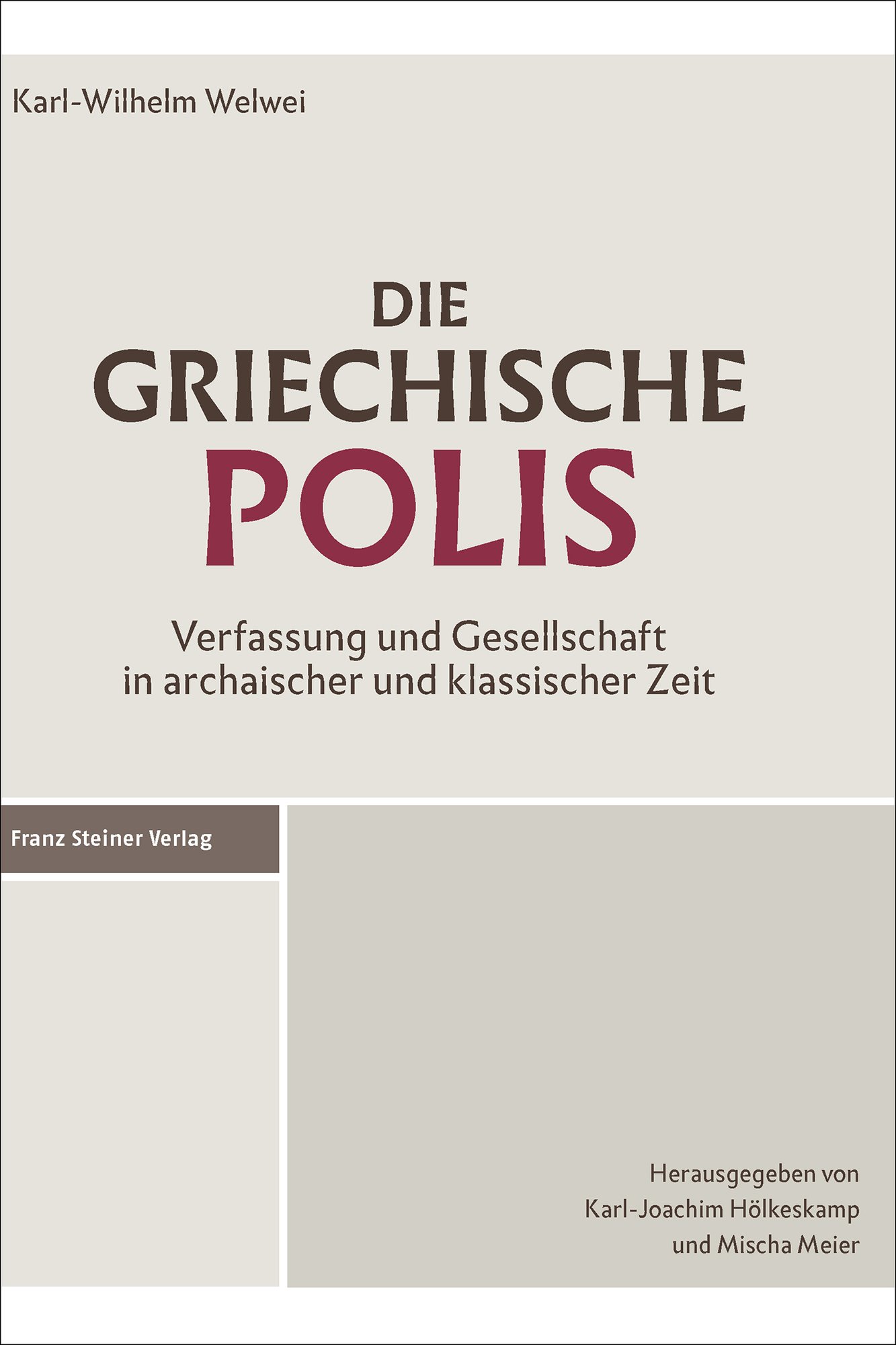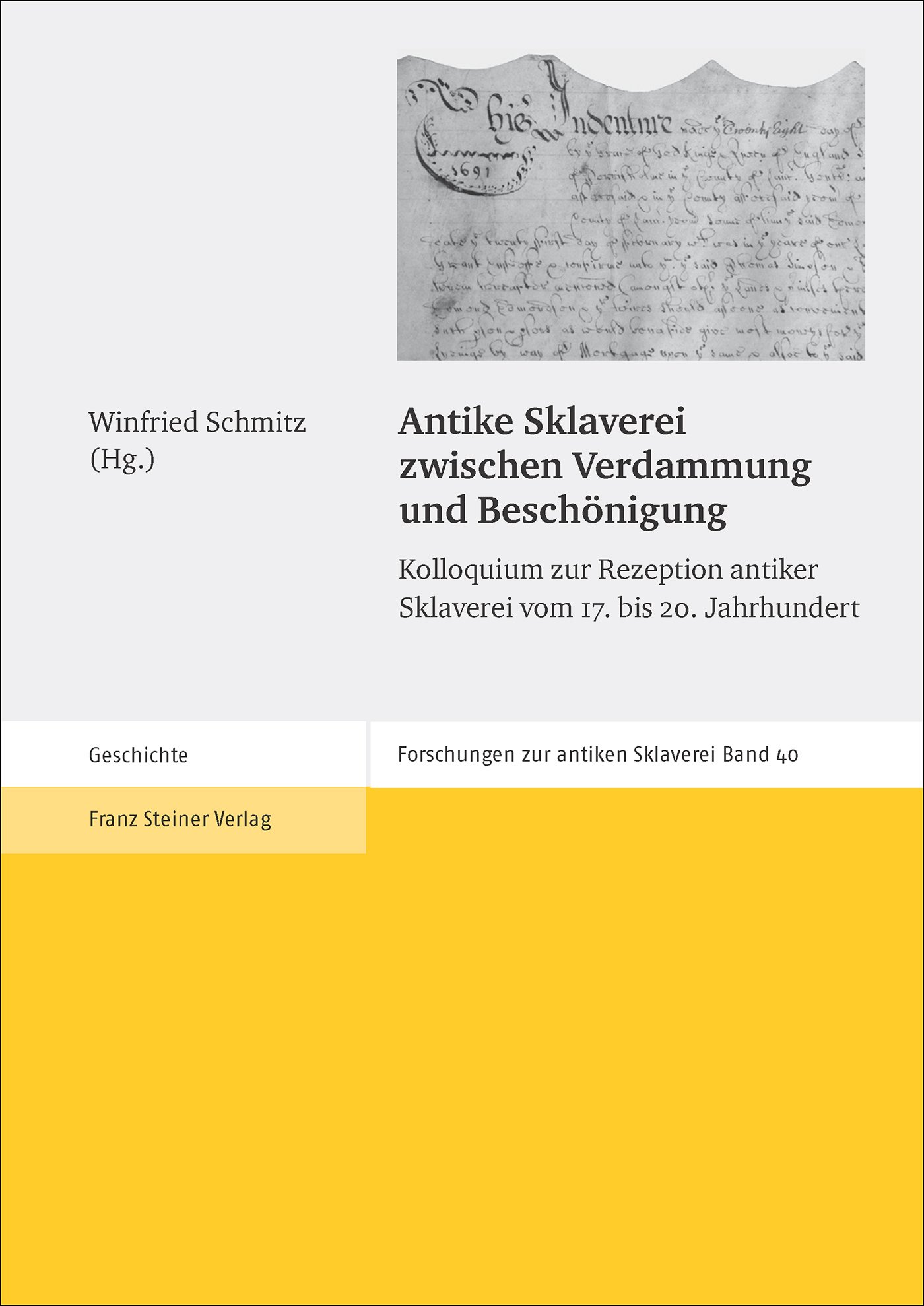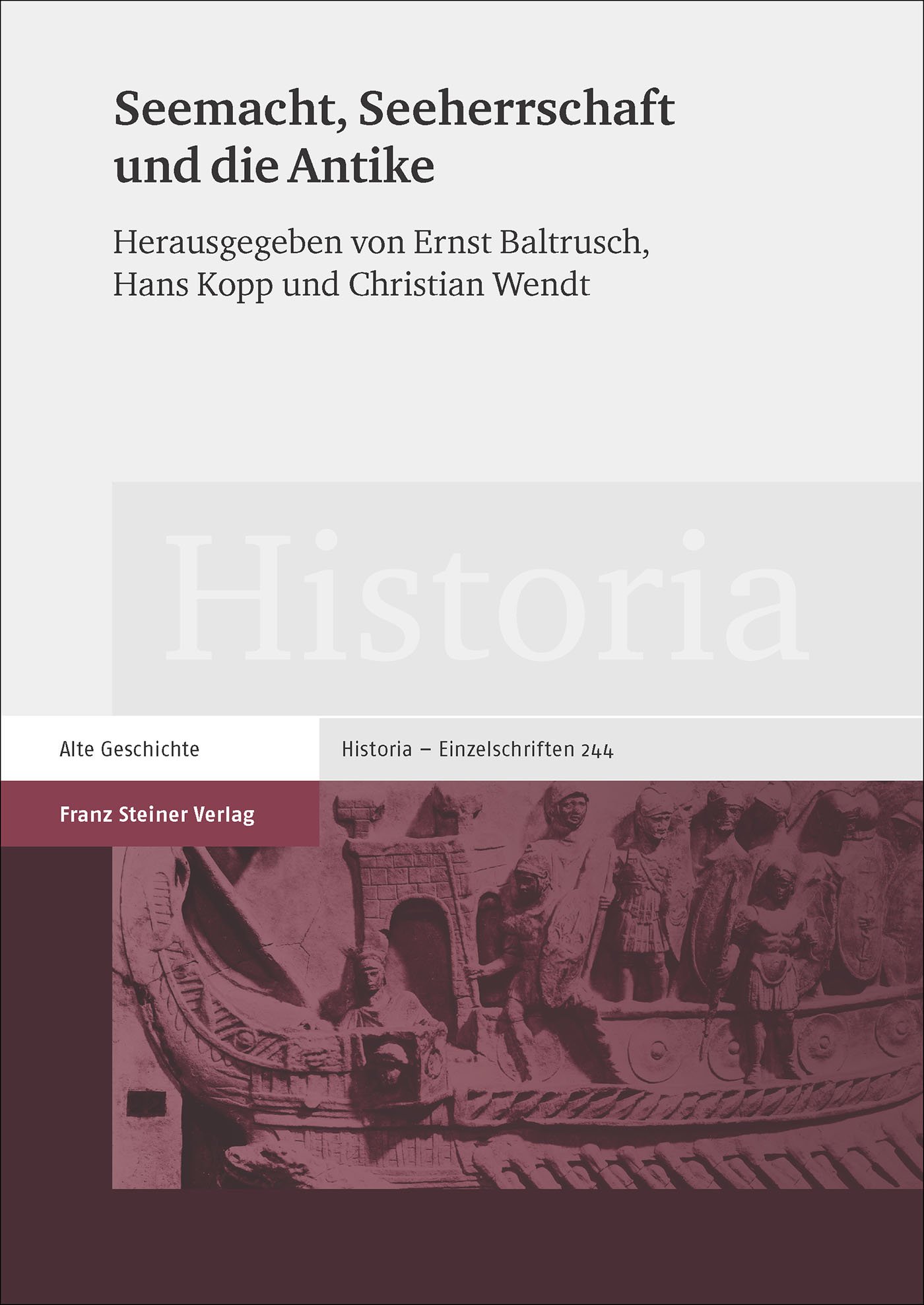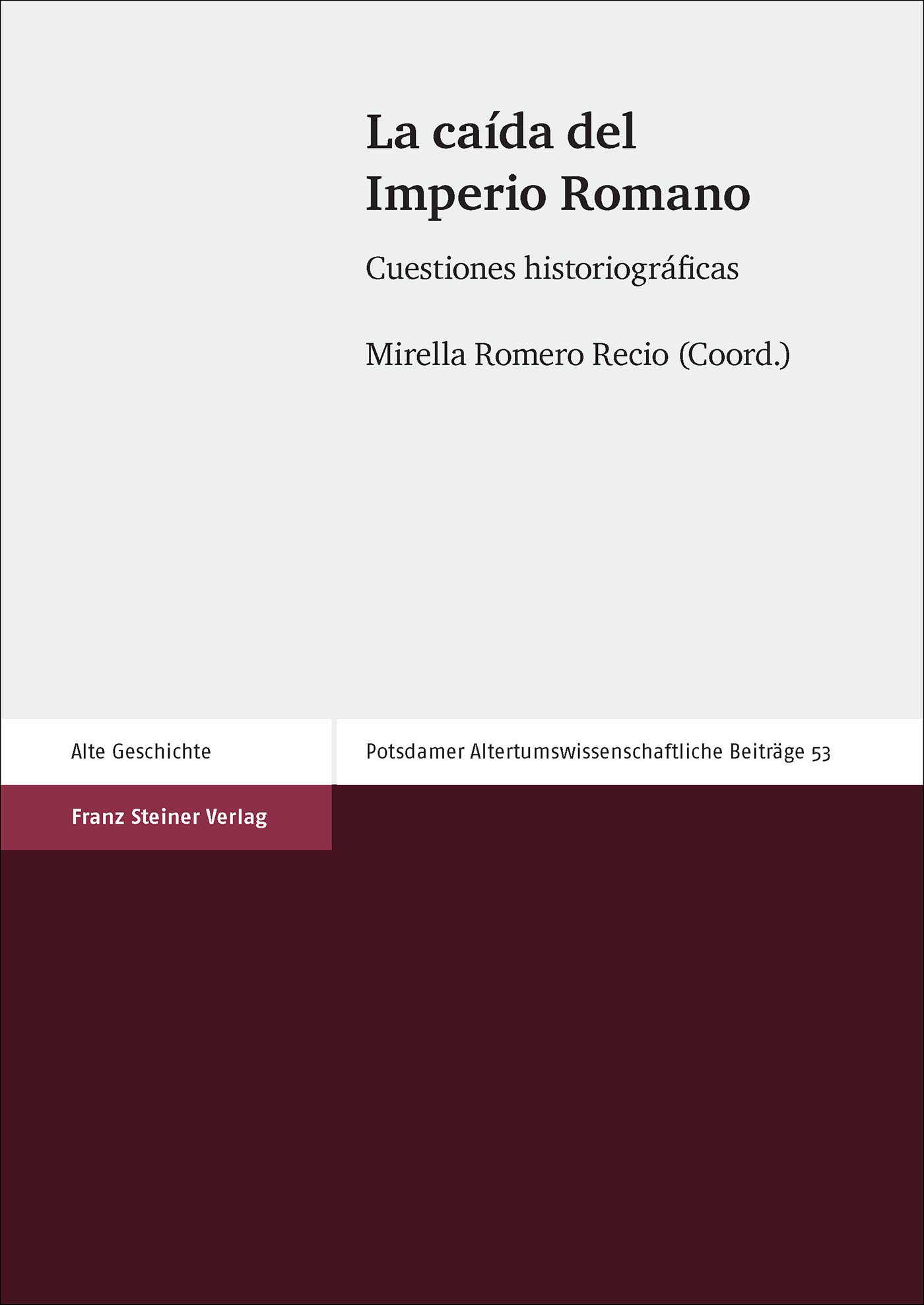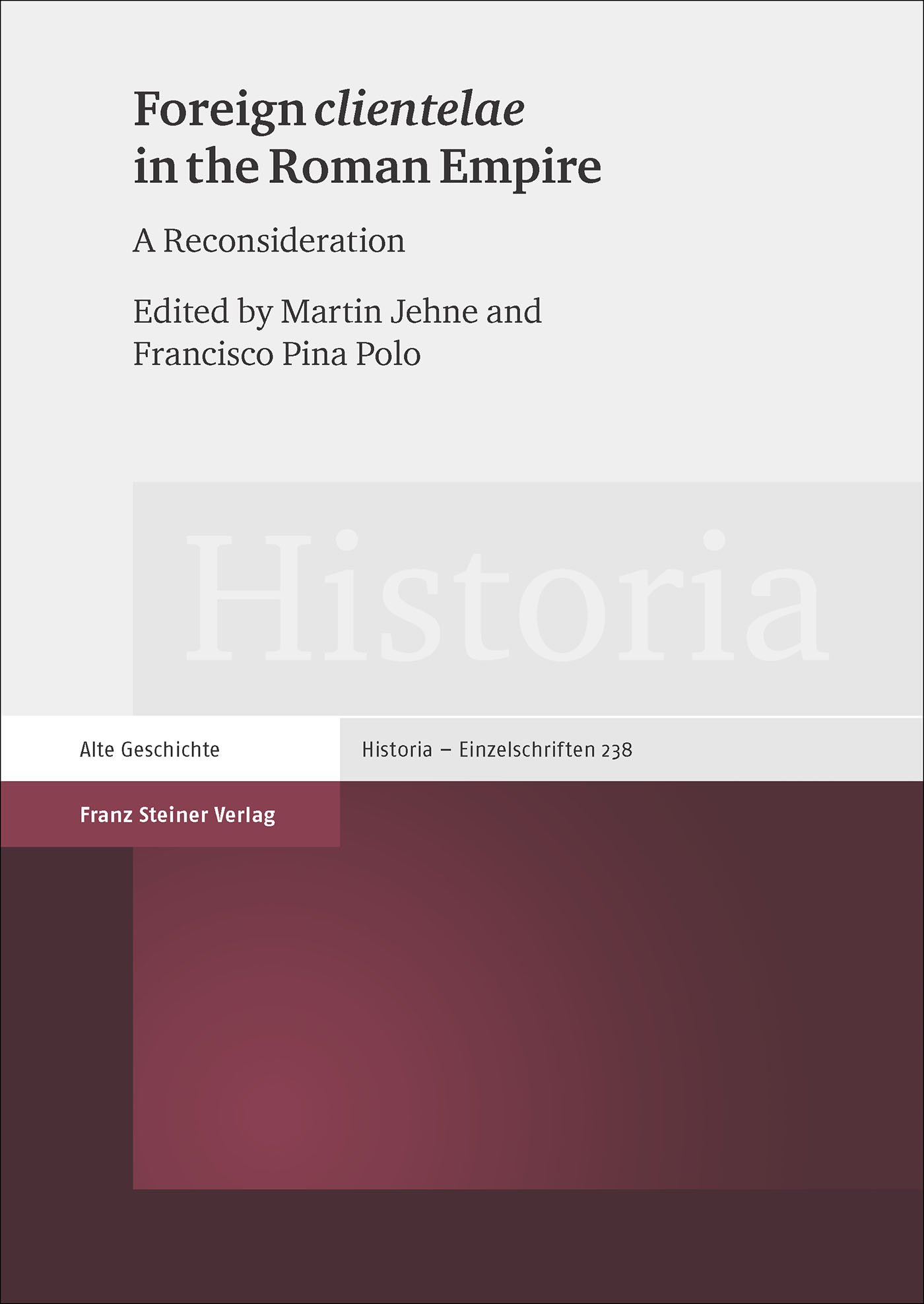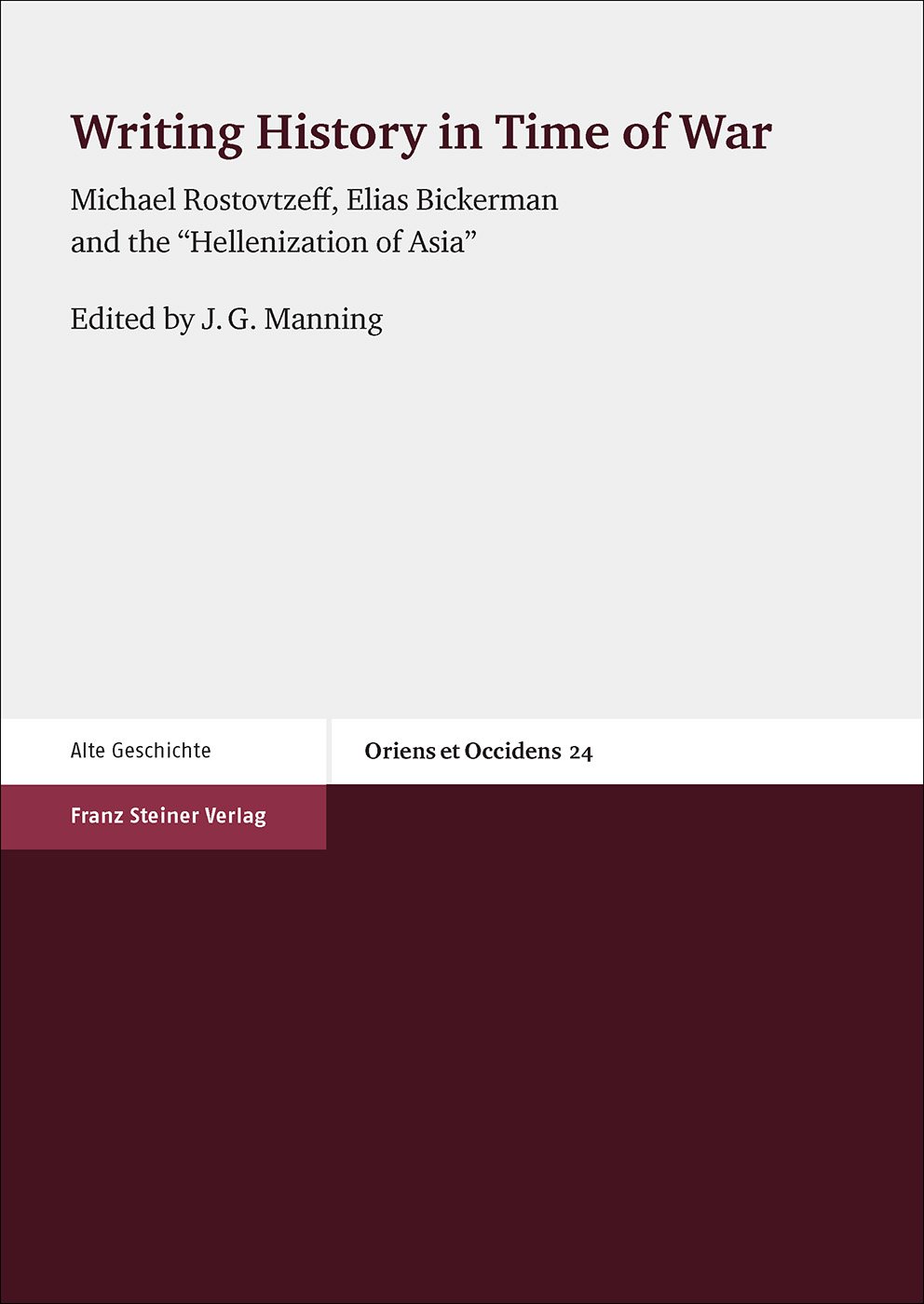Metics and the Athenian "Phialai"-Inscriptions
Metics and the Athenian "Phialai"-Inscriptions
Beneath the shining world of the citizen of Classical Athens was the perilous shadow-realm of the resident foreigner, the metic. Emblematic of the status of metic was the requirement to pay a special metic tax, the metoikion. And if a metic failed to pay this tax, he or she would be sold into slavery, a fate that threatened no citizen of the classical Athenian polis. In the late fourth century BC the Athenians, in the face of widespread departure of metics in the face of economic recession and legal harassment, moved to improve metics’ legal situation in order to entice metics back to Athens.
It is to the context of these legal reforms of the metic condition, this volume argues, that a celebrated set of fourth-century BC Athenian inscriptions recording dedications of silver cups, phialai, belong. Known since the nineteenth century as the "Attic Manumissions", these inscriptions have been thought to be the result of a legal process by which slaves were set free. Here these inscriptions are published as a corpus for the first time. And it is argued that they represent not the freeing of slaves, but preserve instead the traces of prosecutions of metics for failure to pay the metoikion. In the new pro-metic atmosphere of the 330s BC, persons who sued metics for failing to pay the metic tax, but did not win a conviction, were fined to discourage frivolous suits, and part of that fine was dedicated to divinity in the form of a phiale.
"Die Neuedition, vor allem aber die erstmalige kompakte Zusammenstellung der Phialai-Inschriften in einem eigenen Band, zeichnen Meyers Buch im Besonderen aus. […] Nichtsdestotrotz liegt mit dem Standwerk Meyers weit mehr vor als bloß ein "Impuls" für weitergehende Diskussion."
Philipp Scheibelreiter, Tyche 26, 2011
"[Es] besteht kein Zweifel über den Wert von Neuedition und Kommentar der Inschriften, die Meyer im zweiten Teil ihres Werkes vorlegt (S. 81–144). Abgerundet wird das Buch durch eine umfangreiche Bibliographie (S. 147–54), einen Sach- (S. 157–61) und einen Quellenindex (S. 163–67) sowie 47 Photographien der Inschriften. Allein schon wegen dieses Teils werden Forscher, die sich künftig mit der Situation der Metöken in Athen beschäftigen, Meyers Arbeit unbedingt heranziehen müssen."
Mario Ziegler, Das Historisch-Politische Buch 59, 2011/6
"E. A. Meyer développe son hypothèse de manière claire et convaicante, en dépit de l'extrême complexité du dossier. Le traitement épigraphique des fragments, dan la 2e partie de l'ouvrage, est impeccable ; il est accompagné d'un dossier photographique de qualité. Un travail exemplaire, qui montre ce que l'épigraphie bien maîtrisée est encore susceptible d'apporter à l'histoire institutionelle et sociale, même dans un secteur aussi couru qu' Athènes à l'époque classique."
Alain Martin, L'Antiquité Classique 81, 2012
"Meyer’s book has provided a very useful collection and edition of the texts along with a convincing interpretation of their process of recording and publication. It deserves to be read with attention even by those who might disagree with the central interpretation and it will be undoubtedly [sic] at the centre of any future discussion of these deeply fascinating inscriptions."
Kostas Vlassopoulos, http://bmcr.brynmawr.edu/2011/2011-02-48.html
"As the author (long ago) of a monograph on Athen’s metics, and thus someone with many settled views about them, I took on the review of this book in a sceptical mood, but I have become a convert. Meyer’s study displays impeccable bibliographical depth and tremendous intellectual rigour and penetration, all on display in a wealth of detail …. The relative ease with which she is able to expose the many, often self-contradictory, flaws and problems which beset the orthodox understanding of the phialai-inscriptions (17 – 28) makes it all-but-impossible, in my opinion, to continue to take refuge in it, against the onslaught of her own, new model."
David Whitehead, sehepunkte 10, 2010/9
"Meyer has made a real contribution to our understanding of the phialai-inscriptions with both her new edition of the fragments and her identification of serious flaws in the current orthodoxy"
Vincent J. Rosivach, Athenaeum 102, 2013/2
"En effet, non seulement Meyer a jeté un regard nouveau sur une vieille question dont bien des aspects sont obscurs, mais elle a aussi revu les pierres au Musée d'Athènes et dans les fouilles de l'agora, en a donné une nouvelle édition complète et soignée (dans sa deuxième partie) et en a fourni d'excellentes photographies."
Léopold Migeotte, Phoenix LXV, 2011/3+4
| Reihe | Historia – Einzelschriften |
|---|---|
| Band | 208 |
| ISBN | 978-3-515-09331-6 |
| Medientyp | Buch - Gebunden |
| Auflage | 1. |
| Copyrightjahr | 2010 |
| Verlag | Franz Steiner Verlag |
| Umfang | 167 Seiten |
| Abbildungen | 3 s/w Abb., 47 Tafeln |
| Format | 17,0 x 24,0 cm |
| Sprache | Englisch |
